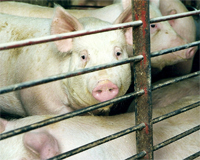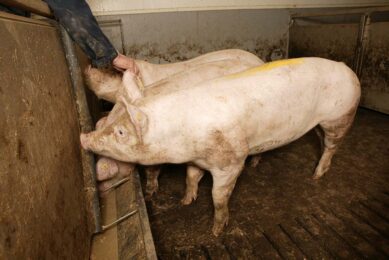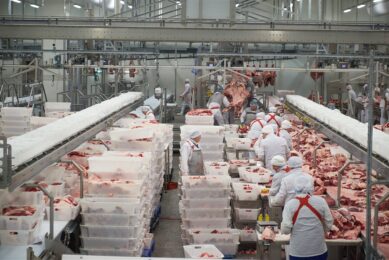US: Pork producers disappointed with EPA decision on E15

The National Pork Producers Council expressed strong disappointment with the Obama administration’s decision to allow a broader range of vehicles to use gasoline blended with 15 percent ethanol.
The U.S. Environmental Protection Agency said it would permit the use of the higher blend rate – up from the current 10 percent – for model year 2001 and newer automobiles. The decision expands the agency’s previous decision to allow so-called E15 in model year 2006 or newer cars and light trucks.
“It’s very disappointing that the administration made this decision given the rising price of corn and the lower estimate for this year’s corn harvest that recently was announced,” said Randy Spronk, a hog and crop farmer from Edgerton, Minn., who serves on NPPC’s board of directors and is chairman of the organization’s Environment Committee.
The U.S. Department of Agriculture last week revised down by 5 percent the U.S. corn harvest for 2010 and reported that corn stockpiles were the lowest on record. The national corn “carryover” now is expected to be less than three weeks’ worth.
Increase costs for pork producers
NPPC strongly opposes raising the blend rate, which it says would put further upward pressure on corn supplies, increasing not only pork producers’ cost of production but their exposure to regional corn shortages as demand – including from exports and the federal
ethanol mandate – reduces supplies. Smaller supplies also would elevate the potential catastrophic risk to producers of any seasonal weather event.
The organization Nov. 9 joined with other livestock producer groups in filing a lawsuit in federal court against EPA over its decision to raise the blend rate to 15 percent, arguing that the agency exceeded its authority in granting a partial waiver of the Clean Air Act.
Under the clean air law, EPA may only grant a waiver for a new fuel additive if it will not cause or contribute to a failure of any emission control device or system. EPA has admitted that E15 can cause harm to the systems in some older vehicles.
“EPA’s decision means more corn will be used for ethanol production and that means the price on a shrinking supply will rise,” Spronk said. “We don’t want a repeat of a couple of years ago when, due mostly to high feed-grain prices, pork producers lost an average of
almost $24 a hog over a 28-month period, and the industry lost nearly $6 billion. We saw a lot of family hog farms go out of business during that time.”
Source: NPPC
Join 18,000+ subscribers
Subscribe to our newsletter to stay updated about all the need-to-know content in the pigsector, three times a week. Beheer
Beheer










 WP Admin
WP Admin  Bewerk bericht
Bewerk bericht